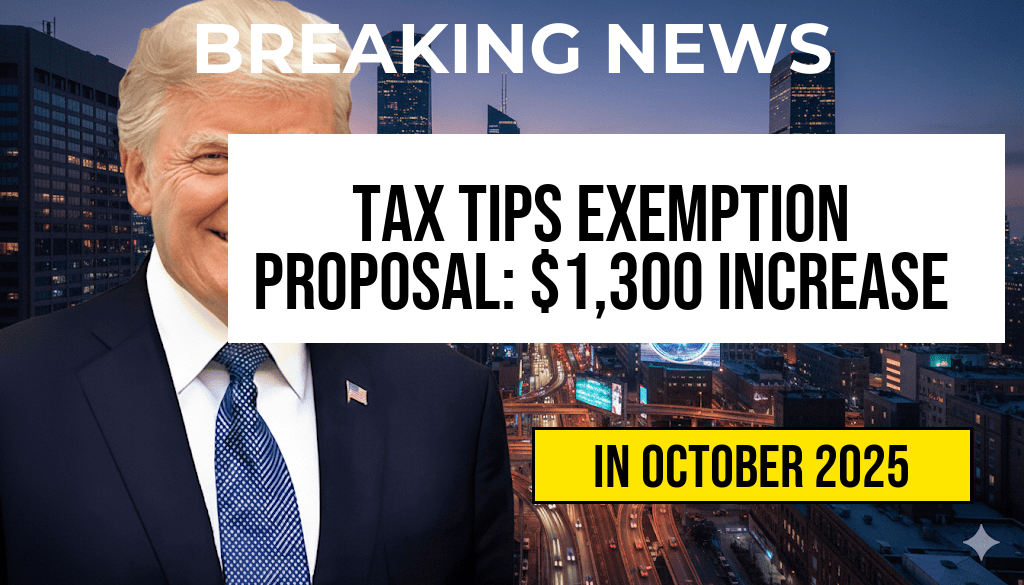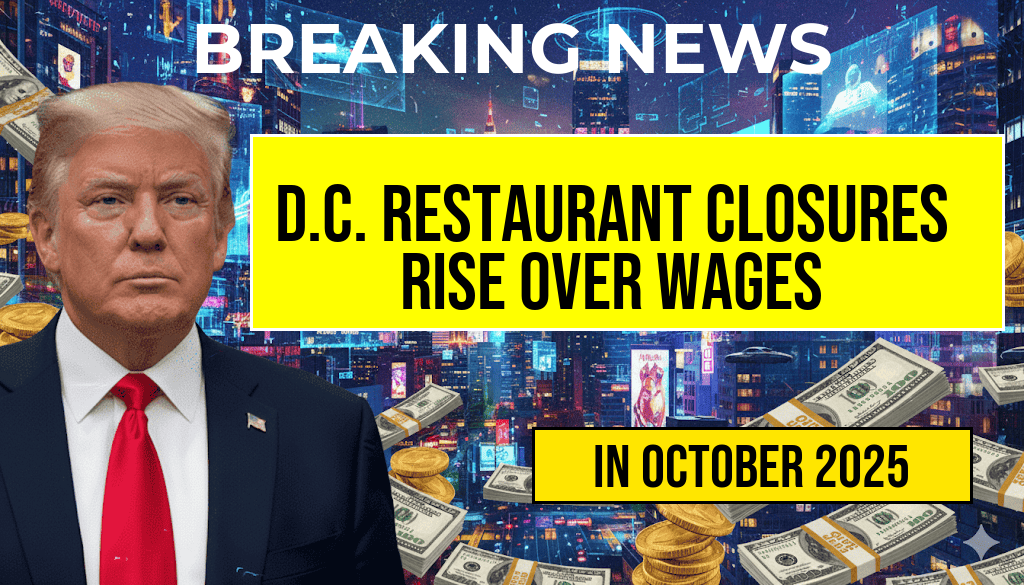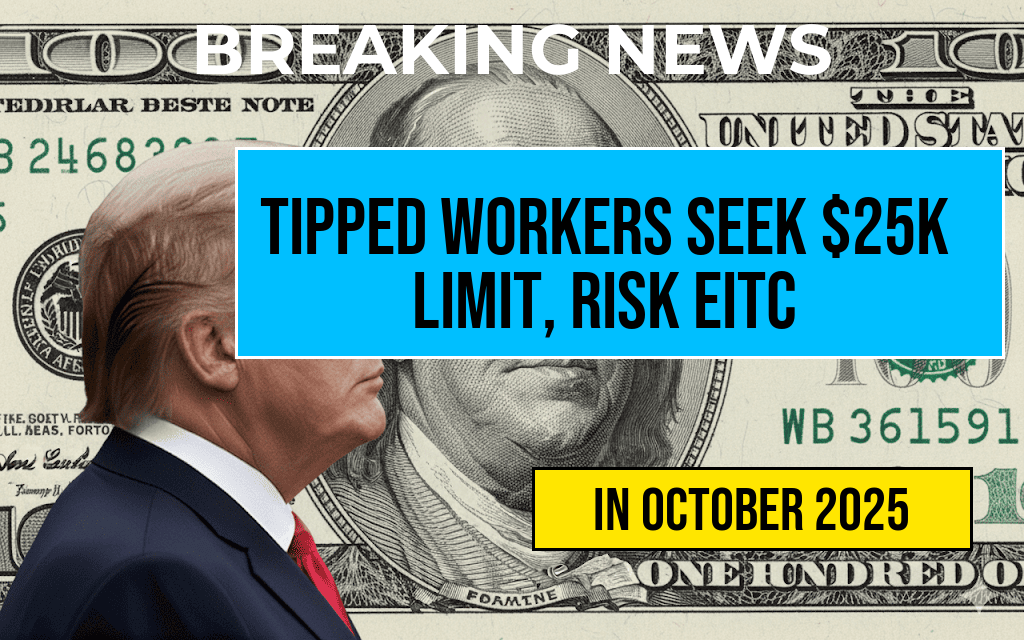Millions of student loan borrowers across the United States are bracing for a significant financial impact as federal student loan payments are set to resume after a temporary hiatus. Recent policy changes and legislative debates have raised the possibility of a $400 monthly payment increase for many, with some facing even steeper hikes depending on their loan amounts and repayment plans. This shift threatens to reshape household budgets nationwide, especially for borrowers already struggling with rising living costs. While the specifics of who will be affected first remain fluid, experts warn that borrowers with high debt levels, those on income-driven repayment plans, and residents of states with higher costs of living are likely to feel the worst early on. As policymakers continue to navigate economic recovery efforts, the ripple effects of this impending change could influence everything from consumer spending to housing markets.
Understanding the Scope of the Student Loan Resumption
Following a multi-year pause triggered by the COVID-19 pandemic, federal student loan repayments are scheduled to restart in the coming months. The Department of Education estimates that approximately 43 million borrowers will be impacted, with an average monthly payment of around $393 prior to the pause. However, recent analyses suggest that for some borrowers, especially those with high debt loads, monthly payments could increase by hundreds of dollars, potentially reaching or exceeding $400 more than they paid during the suspension period.
The resumption coincides with broader economic pressures, including inflation and rising interest rates, compounding the financial strain for many households. While some borrowers have managed to save or refinance during the pause, a significant portion faces the challenge of adjusting to higher recurring expenses. The Biden administration has emphasized efforts to mitigate the impact through targeted relief programs and streamlined repayment options, but the core issue remains: an impending increase in monthly debt obligations.
Who Will Be Affected First and Most Severely
High-Loan Borrowers and Income-Driven Repayment Participants
- Borrowers with large student debt loads—those owing $50,000 or more—are expected to experience the most substantial monthly payment increases. For some, this could mean an additional $300 to $500 per month, depending on their original loan terms and repayment plan.
- Participants in income-driven repayment plans—such as Income-Based Repayment (IBR) or Pay As You Earn (PAYE)—may face lower initial payments during the pause but will see adjustments based on updated income and family size, potentially resulting in higher bills.
Geographical and Demographic Factors
| State | Average Monthly Payment Increase | Cost of Living Index |
|---|---|---|
| California | $450–$500 | High |
| Texas | $350–$400 | Moderate |
| Mississippi | $300–$350 | Low |
Borrowers in high-cost states like California and New York are expected to face the steepest increases, often exceeding $400 per month, which can represent a significant portion of their monthly income. Conversely, residents in states with lower living costs may experience smaller increases but still face notable financial adjustments.
Potential Economic and Personal Ramifications
The looming increase in student loan payments could influence a range of economic behaviors. Analysts warn that higher debt obligations might lead to reduced discretionary spending, impacting retail sales and local economies. Housing markets could also feel the pressure, as some borrowers might delay home purchases or refinance decisions to accommodate higher payments.
On a personal level, borrowers with tight budgets could face increased risk of delinquency or default, especially if income growth does not keep pace with rising expenses. Financial counselors advise borrowers to review their repayment options now, including income-driven plans or deferment, to prepare for the transition.
Policy Responses and Future Outlook
Authorities continue to debate potential measures to ease the burden, including targeted forgiveness programs or adjustments to repayment terms. The Biden administration has signaled openness to extending relief efforts and modifying repayment structures, but legislative hurdles remain. Meanwhile, advocacy groups are urging Congress to introduce comprehensive reforms aimed at making student debt more manageable, especially for vulnerable populations.
For borrowers eager to understand their specific situation, resources such as Federal Student Aid provide detailed information on repayment plans and options. Staying informed and proactive could make a critical difference in navigating this complex financial landscape.
As the repayment resumption approaches, the financial stability of millions depends on timely planning and policy support. The next few months will reveal how households and policymakers adapt to this pivotal shift in the student loan landscape.
Frequently Asked Questions
What is causing the recent increase in student loan payments?
The increase in student loan payments is primarily due to the expiration of temporarily reduced interest rates and repayment pauses, leading to higher monthly payments for borrowers.
Who will be most affected by the $400 monthly payment increase?
Borrowers with larger student loan balances and those nearing the end of their repayment period are likely to be most affected, facing significant financial strain as payments rise.
When will these increased payments begin to affect borrowers?
The payment increases are expected to start once the current loan repayment moratorium ends, which could be as early as the upcoming months depending on government policies.
How can borrowers prepare for the upcoming student loan payment increase?
Borrowers should consider budgeting adjustments, exploring income-driven repayment plans, or seeking deferment or forbearance options to manage the upcoming increase in payments.
Are there any policies or programs to help borrowers cope with the rising costs?
Yes, some federal programs offer income-based repayment options and loan forgiveness plans. Borrowers are encouraged to stay informed about policy updates and consult with their loan servicers for personalized assistance.










